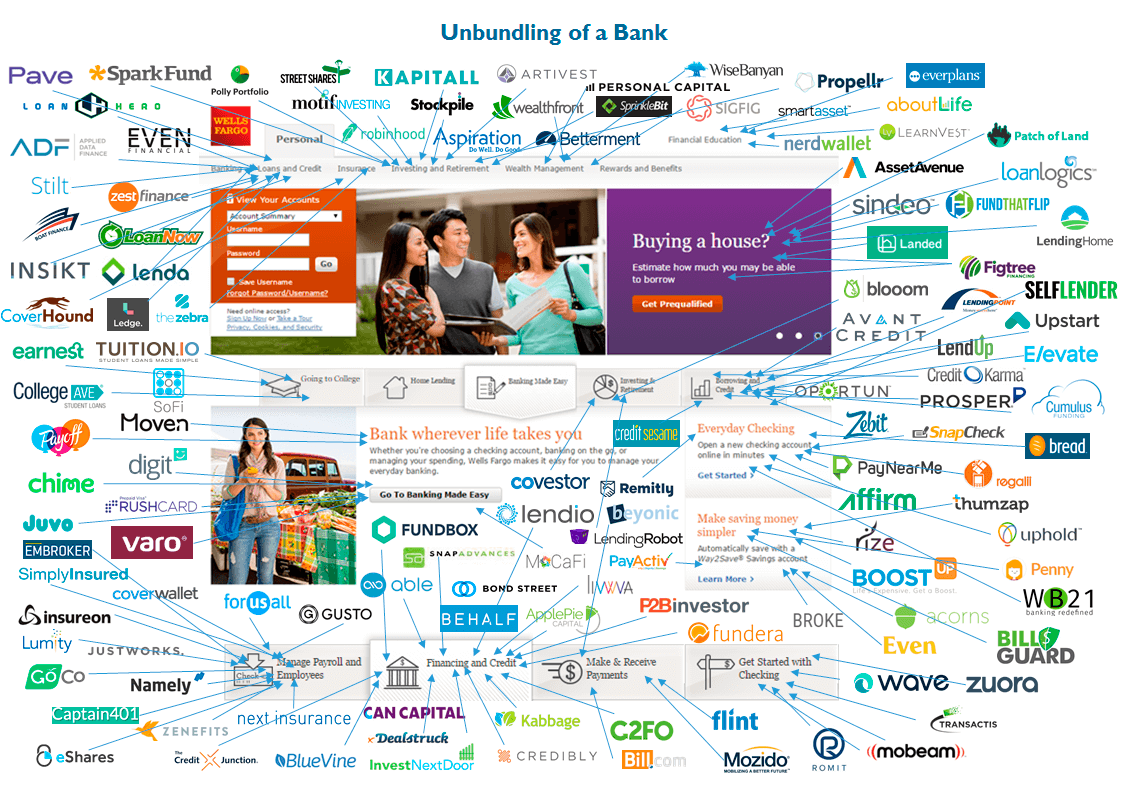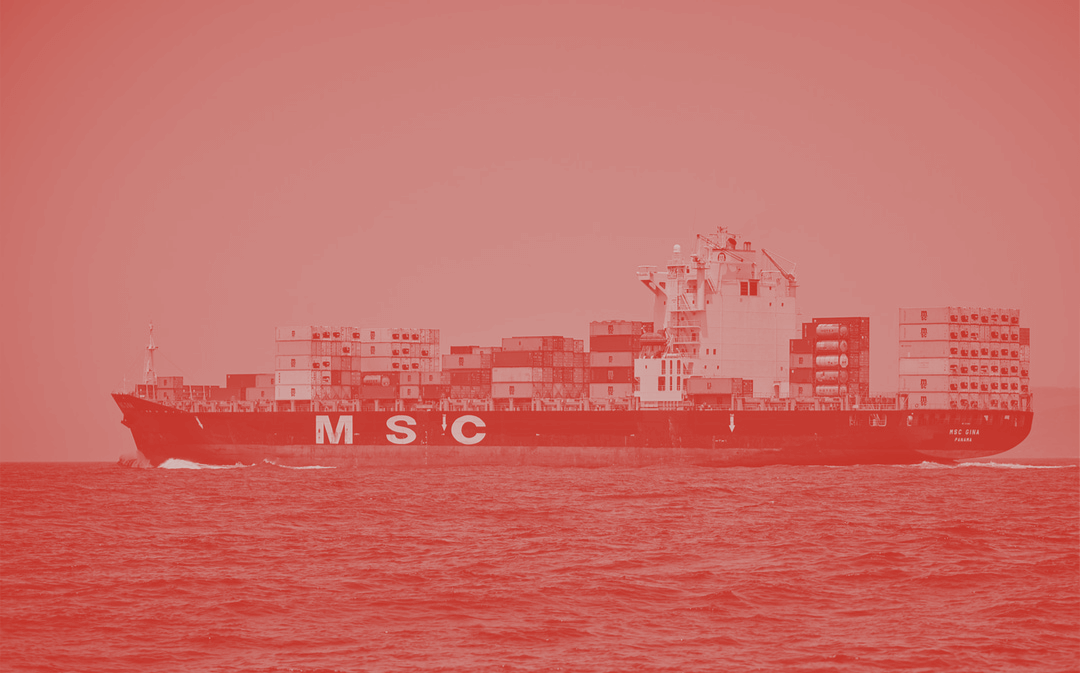Schools, Unbundled: Creative Destruction, Good or Bad?
We have to prepare our students for this brave, new world. But should we also prepare for a structural transformation of our schools? Schools choosing to outsource their non-core functions, shrinking, becoming smaller and agile?
It’s no longer in the news: we are heading straight for a VUCA world (volatility, uncertainty, complexity, and ambiguity) where people collaborate fluidly in global teams. Projections show that 43% of the U.S. workforce will be freelancers by next year. This means that your friend, neighbor or daughter will no longer have a stable job but rather a string of uncertain revenue streams.
During the old days, when time trickled by, when we were never surprised by the morning paper, we solved problems by formulating a plan of action. Organizations, from businesses to schools, were able to do strategic planning, forecasting the future, three or even five years down the road. They optimally allocated resources and then stuck to a plan.
But a VUCA world makes planning obsolete...when the world is volatile, uncertain, complex and ambiguous, you can’t pin down the variables that are going to impact your future three years from today. Instead, most plans will be obsolete within months.
What can organizations, including schools, do instead?
Unbundling organizations (and schools?)
Large, legacy organizations that own their core assets (whether newsrooms, book editors, cable TV groups, taxis or hotels) are losing ground. Nimble startups are springing up and charging ahead. Uber just launched their IPO...These companies don’t own much in terms of assets. Instead, they invest in deep relationships with customers, then source commoditized suppliers off the internet as needed.
Look at this popular image of banking startups unbundling Wells Fargo’s services:

Source: CBInsights
In fact, these small, light-footed companies are small because it no longer makes sense for them to be big. Think about it. There is no value in bearing lot’s of fixed costs if you don’t know what’s coming at the next fork in the road. If you can't make plans, if you don’t know what resource you will need, then fixed costs turn from an asset into a liability.
Gap or Eli Lily are spinning off companies because the benefits of pooling common resources (sales, accounting, logistics, etc.) are falling.
We have to prepare our students for this brave, new world. But should we also prepare for a structural transformation of our schools? Schools choosing to outsource their non-core functions, shrinking, becoming smaller and agile?
Networks to the rescue!
If schools were to slim down, how would they retain access to the staff and assets they need?
In his book, Peter Diamandis describes how Exponential Organizations do it: “Rather than owning assets or workforces and incrementally seeing a return on those assets, [exponential organizations] leverage external resources to achieve their objectives. They enlist their customers and leverage offline and online communities in everything from product design to application development. They float atop the existing and emerging infrastructure rather than trying to own it.”
What staff or assets could schools source from external suppliers to become more nimble? Some candidates could be
- curriculum design,
- content creation and curation,
- lesson planning,
- project design,
- instructional coaching,
- assessment,
- technology management,
- facility management,
- accounting,
- marketing,
- student mentorship,
- and even instruction for electives (See Global Online Academy).
School networks are already rising to the occasion. These networks offer expertise from leadership coaching to curriculum design, lesson planning and more. The most holistic ones include Asia Society, Big Picture Learning, EL Education and New Tech Network.
But there are other, specialist networks, Project Lead The Way (STEM curriculum), Advancement Via Individual Determination program (a college readiness system), Summit Learning network (digital playlists), AltSchool (software and community).
In addition, organizations like Enrollhand or SchneiderB are building school marketing networks. TeacherCast’s Ask the Tech Coach is creating a mastermind for technology integration in the classroom.
How will a small school administrative team access and manage all these disparate networks?
The answer lies in standardization.
School Network APIs

Photo by Vidar Nordli-Mathisen on Unsplash
The shipping container was one of the most transformative inventions of the 20th century because it enabled global trade thanks to standardized ships, docks, trains, and warehouses.
Why did the container help costs plummet?
It standardized shipments.
No more measuring, haggling over each shipment. Ships, docks, trains, and warehouses could standardize the way they interface, and add machines to do the job. Companies like Flexport were able to safely build software on top of these standards, managing all the freight forwarding activity and paperwork digitally and automagically for you. Amazon warehouses then did the rest. Now, small, one-person companies can use these resources to rival Gap and Eli Lily in logistics and in selling their products nation-wide.
Imagine if the same dynamics came to play in education. It would mean that small teams of educators could tap into resources that rival the largest school networks.
How? The API.
In the 21st century, the Application Programming Interface (API) will play a similar role that the container played in the 20th century. APIs are standardized interfaces between programs or between companies. Standardized interfaces lead to automation, which means that mundane tasks are removed from our workload (by software like Flexport or Amazon). No more email, fax or calling our accountant. We don't need to haggle, or talk about the details of a certain transaction again and again. It will be handled in a standard way. Xero or Quickbooks get the job done. Increasingly, modern software and certain types of online services will offer these standardized interfaces called APIs for all our non-core needs.
It may still be hard to visualize.
An example that is close to home: The Mastery Transcript Consortium is a new, standard, electronic transcript built by a growing group of schools that “aims to reinvent how students prepare for college, career, and life.” This will be a sort of API, an interface that will allow the education ecosystem to collaborate seamlessly and without friction or time spent “setting up” a new collaboration.
Today, what happens when a college or another school needs a transcript? They will call you, leave a voicemail, potentially send an email. You might email the transcript over, or even post it in the mail. Tomorrow, if the Mastery Transcript Concortium or someone else manages to standardize what a transcript is, the other school won't waste your time, they will simply pull it out of your system through your API.
In a similar way, you might see actors like PBLWorks -formerly the Buck Institute (that create PBL resources) issue an API for Project-Based Learning projects. Imagine being able to tap into a huge library of projects on demand, without talking to anyone, and have them available in your learning management system of choice - instantly.
Three-person startups are leveraging networks and systems in this way. So a small administrative team should be able to do it as well.
Creative destruction, good or bad?
A multitude of global actors are entering and engaging with existing schools, or setting up new micro-schools. Have you heard of Acton Academies? They went from 50 to nearly 200 in a year.
Setting up a micro school in the not-too-distant future could look like this:
Use a legal provider (eg. Stripe Atlas for schools) to set up your 501(c)(3), find a co-working space like WeWork (or a co-learning space in the future), subscribe to a deeper learning network (for learning frameworks, learning management systems and PBL libraries), link up with a few local organizations for place-based learning, plug in an accounting provider, a marketing provider and pick up a handful of instructional coaches from the best schools globally.
Acton Academies sometimes have 2 adults per 100 students, precisely because non-core tasks are handled through technology. And their student growth numbers are phenomenal. The kids are actually learning a lot!
Schools could plug into different technology stacks and access different experts globally for each of their PBL and their Spanish Immersion programs. How about a deeper learning network for the first student and a mix of virtual reality experiences and Spanish educators through Skype for the second?
Going further, each student could be assigned different tools, remote teams of teachers, mentors, coaches, and other stakeholders. Each student could have their own version of school.
